“Beautiful condition. It’s a nine out of 10 on the inside and out.” So read the advertisement for a Texas RV-6A in Trade-A-Plane. The seller confirmed the statement during a phone call, and the photographs he provided showed nothing to indicate otherwise. “It isn’t even airworthy, in my opinion,” was the conclusion of my accompanying friend and RV mentor when we arrived to inspect the plane after flying several hours from New Mexico. A large crack and separation in the bottom cowl allowed the air scoop to droop from the rest of the cowl. Perhaps it would have been easy to patch, but this and other issues made the plane a clear “fixer-upper,” and I wasn’t ready to learn fiberglass work in a foreign land. The weekend before, we had flown several hours to Colorado to inspect another promising RV-6A and also left disappointed. Most of the connection hardware on the moving parts (e.g., rudder, elevator, ailerons) were non-standard titanium pieces. “We’ve used these connectors for years on hang gliders. They’re better than that stuff Van’s provides,” the builder/owner/seller told me. Well, maybe, but I was looking to purchase a kit aircraft built to proven factory specifications—not venturing into cutting-edge experimenting.
At the time (2005), the used RV airplane market greatly favored the seller. The economy was strong and the supply of used RVs was much more limited than today. The market price for a used RV-6 or RV-6A was probably about $10,000, maybe even $15,000, more than one pays today for a comparable plane, and I had a modest bank account to finance this venture. Additional factors worked against me: I had relatively limited flight experience (just a few hundred hours, mostly in small Cessnas and a Cherokee) and no tailwheel endorsement. Feeling I was ready for neither a tandem nor a tailwheel, I believed the tricycle-gear RV-6A was the plane of my dreams. But here I was, banging head-on with the reality of a very limited selection and the hit-or-miss quality issues of this early model.
Mikey celebrated his 26th birthday last April. After nearly 11 years and about 1300 flight hours, the author still finds this RV-6 the best of the two-seat RVs. (Photo: Kai Hansen)
When you talk to the RV-6 (and -6A) builders of the late 1980s and the 1990s, you quickly realize that they were pioneers compared to most of today’s builders. Plans and kits were primitive. No QuickBuild “canoe” stage fuselages or wings from the factory. No matched-drilled anything. Parts, once drilled, are commonly not exchangeable from plane to plane. Far more fabricating was required, and the builder’s skill and sensibilities led to great variations in the planes. I recently spoke with James Baldwin, a “multiple offender,” who built one of the earliest RV-6s and, much later, an RV-10. He told me that the -6 took 2500 shop-hours to build. The 4-seat, much larger -10 required only 1500 shop-hours. “The difference was night-and-day,” he reflected.
Lacking any real knowledge of what constituted a good build versus a shoddy or questionable airplane, I had to find someone to guide me through the shopping experience. I was very lucky to have a good friend who had built an RV-6 in the “slow-build” days and understood the factory standards. He also willingly provided RV-6-style transportation to the distant airports with RV-6As looking for new homes.
Expanding the Search
Discouraged that I was 0 for 2 on the only RV-6As I had found for sale within a single tank of fuel distance from my home base, I sensed that my plan might not be working out. I could consider the other two RV-6As currently on the market in Massachusetts and Canada, but what if an in-person inspection was as disappointing as my first two experiences? If I brought my personal RV-shopping assistant along, I’d be out two round-trip tickets for each visit. And then, there would be the increased difficulties with bringing the plane to my home field and ensuring proper transition training. As we prepared to leave the Dallas airpark home of the substandard RV-6A, I remembered that a tailwheel model RV-6 was listed at an airport on the north side of Fort Worth. I called and made an appointment to see the plane. My mentor seemed a little concerned about my impulsive mission creep.
Even to me, considering a tailwheel almost seemed like an act of desperation. But, the airport was on our direct route home and the price was in my acceptable range. We checked out the plane, and it was everything I wanted…except the little wheel was in the wrong location. I even loved the paint scheme! N164MS, the fourth kit out of the factory, was built by Mike Seager. A couple of years after completing the plane, Mike became Van’s Aircraft’s official transition training instructor, and they gave him another RV-6 to use. He sold his little plane in 1992, after installing a new engine and prop for the new owner. Mike has since gone on to accumulate more flight hours in an RV than anyone else in the world. My personal RV guru deemed N164MS (which I have since named Mikey) an “extremely well-built plane” that flew nicely. The only demerits were the very long-in-the-tooth steam gauge panel, vacuum pump, and upholstery. None of this would cause the plane to fall out of the sky and all was easily replaceable over the next few years as money became available.
We left N164MS in Fort Worth and flew home, where more focused research and reflection began. Seager, the builder, had a wealth of knowledge that he willingly shared. Two factory-approved transition-training instructors (TTI) were in the Fort Worth area. An A&P with extensive RV experience provides pre-purchase inspections at N164MS’s airport, and he would even help reposition the plane to the TTI’s field. My insurance would only require 10 hours of transition training and a tailwheel endorsement. All that was missing was self-confidence in my ability to handle a tailwheel. It took a leap of faith to agree to buy Mikey.
Patchwork instrument replacements were added to the original panel until funds became available for a full-panel upgrade.
The original panel and all wiring were removed in December 2007, and a partially Dynon glass, IFR panel was installed.
Now sporting a mostly Garmin panel capable of flying fully coupled approaches, the 26-year-old plane has certainly kept up with advances in IFR avionics.
The seller agreed to the pre-purchase inspection at my cost and taxied the plane over to the A&P at the assigned time. I flew in commercially to observe. Randy Richmond, the A&P, made a detailed punch list of concerns. A few things were cleared up at the seller’s expense. The rest constituted a plan for work during future condition inspections. Richmond helped move the plane over to the TTI’s airport the next day, and my transition training began. Once my instructor and I felt comfortable that I was ready to solo, my mentor returned in his plane and flew as an escort for my solo flight back to our home field. I tried hard every day for the next month or so to go out and fly, mostly touch and goes, to become comfortable with the plane.
The Payoff
Over the last decade, Mikey and I have enjoyed about 1300 hours together, flown pretty much to all parts of the contiguous U.S., and attended AirVenture most years. The panel has had two major upgrades and several minor tweaks. We replaced the upholstery about seven years ago. The 4000-hour airframe and over 2300-hour engine and prop still hum along strong. This outstanding plane also introduced me to a wonderful community of RV owners, my future boss, and even my husband. I no longer share the frustrations associated with the multi-partner ownerships of my past or the high expenses that come with owning a certified aircraft. Buying this used RV-6 was life changing and one of the best decisions I ever made. Conquering the tailwheel provided a challenge, but I felt confident and proud when I did succeed. After all, there was a time when primary training was almost always in conventional-gear aircraft. If those young students could do it, I knew I could also learn to handle the tailwheel beast!
Homecoming! The author (left) brought Mikey back to his birthplace for a reunion with his “dad,” Mike Seager (right). Seager enjoyed taking Mikey up for a little workout.
Buying Used Today
Venturing into the homebuilt world today still has the same potential challenges as my experience a decade ago, but there are huge advantages now. The selection is much greater, particularly in the RV world. Many more tricycle homebuilts are now available. Several manufacturers sell pre-drilled/match-drilled/QuickBuild kits with step-by-step instructions that make the kits much more of an assembly project, rather than a build project. Hence, the deviations are far fewer. With the abundance of factory builder-assistance phone lines, factory and EAA builder workshops, and robust builder internet forums, the builder isolated on a farm in North Dakota doesn’t have to guess at the best answer to a problem. Plenty of help is readily available to solve the challenges that arise. Thus, the buyer is much more likely to find a solid, made-to-factory-specifications airplane among the post-2000 completions than among older homebuilts.
A post on the specialized internet forum groups (e.g., Vansairforce.net) will likely identify an experienced builder in the area of an advertised plane who will be willing to give the plane an informal inspection and report before you have to spend time and money to visit the site. More A&Ps are familiar with homebuilts and can provide a thorough pre-purchase inspection. Transition training is more available, albeit not as available as one might wish. Homebuilt owners report that insurance has become easier to obtain. And the RV-6 remains a great first venture into the homebuilt world.


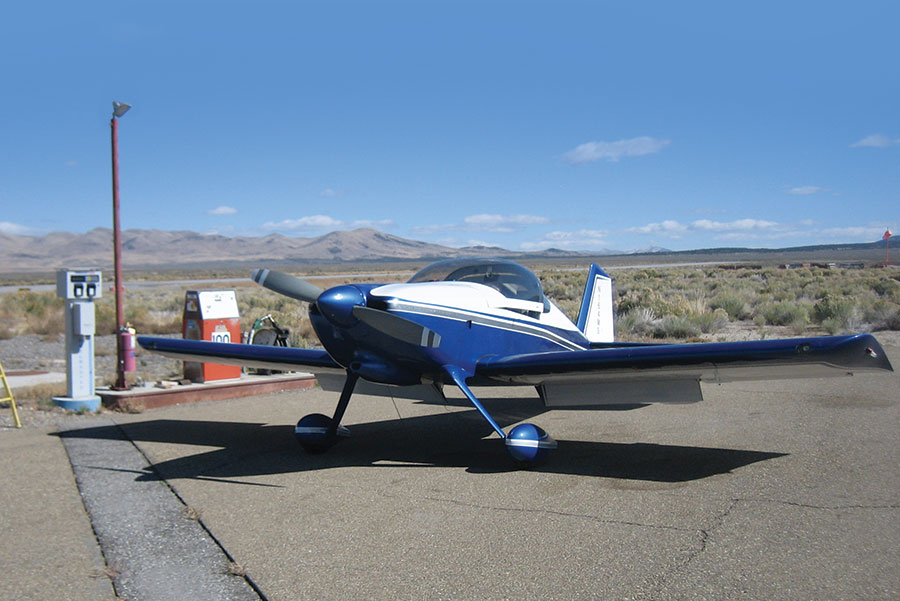
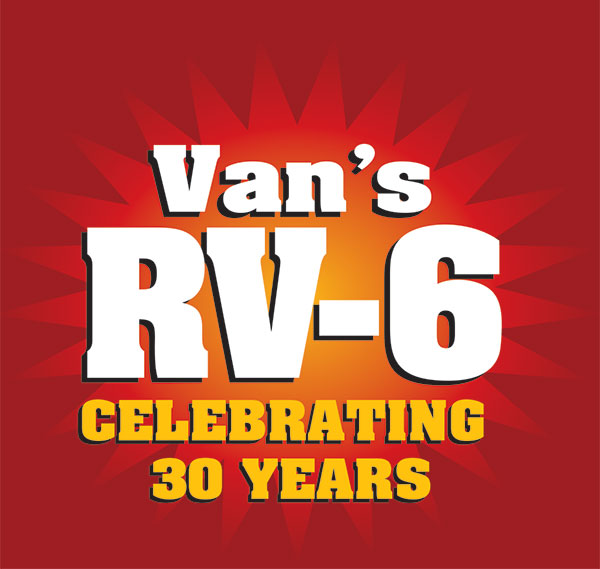
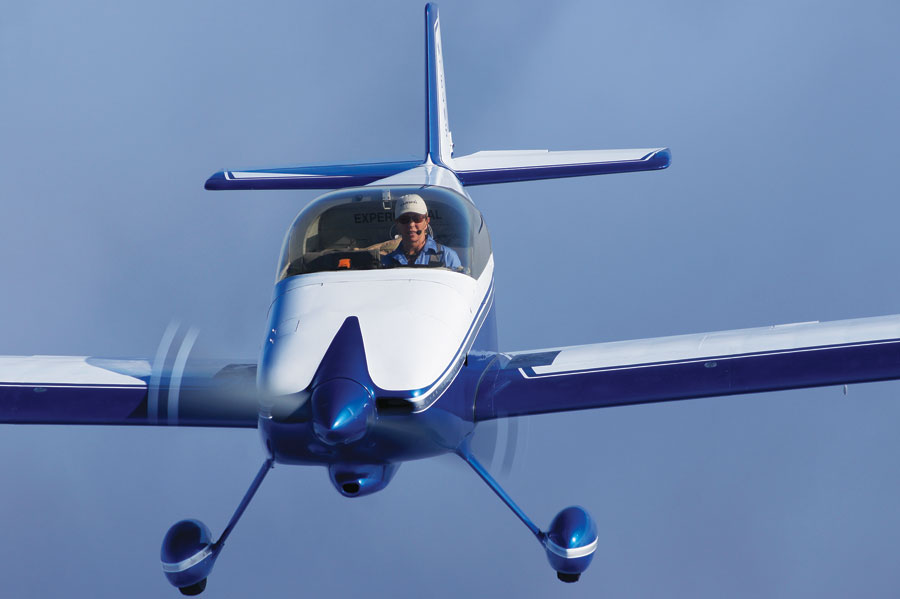

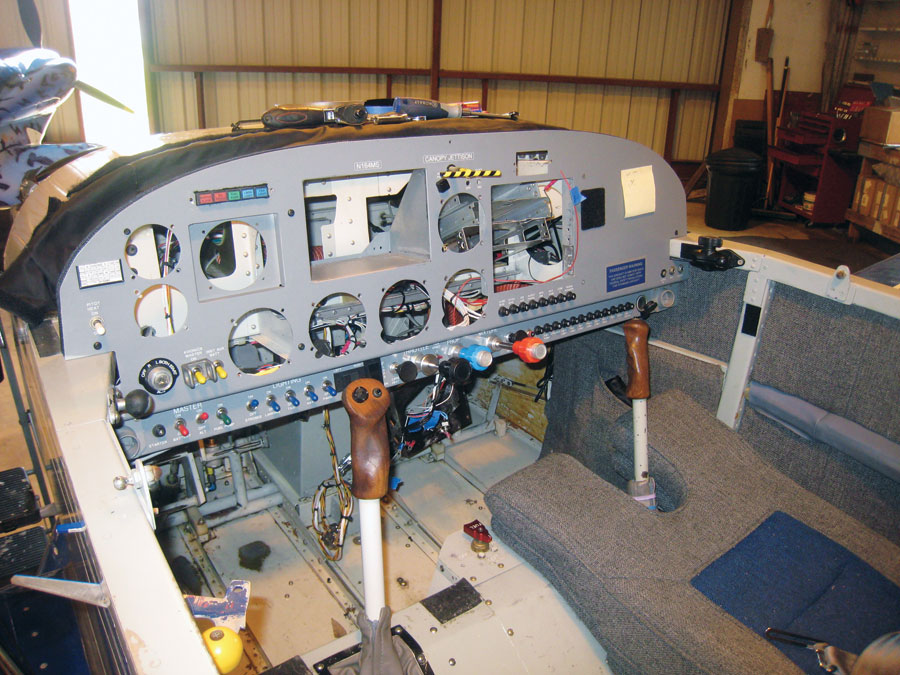
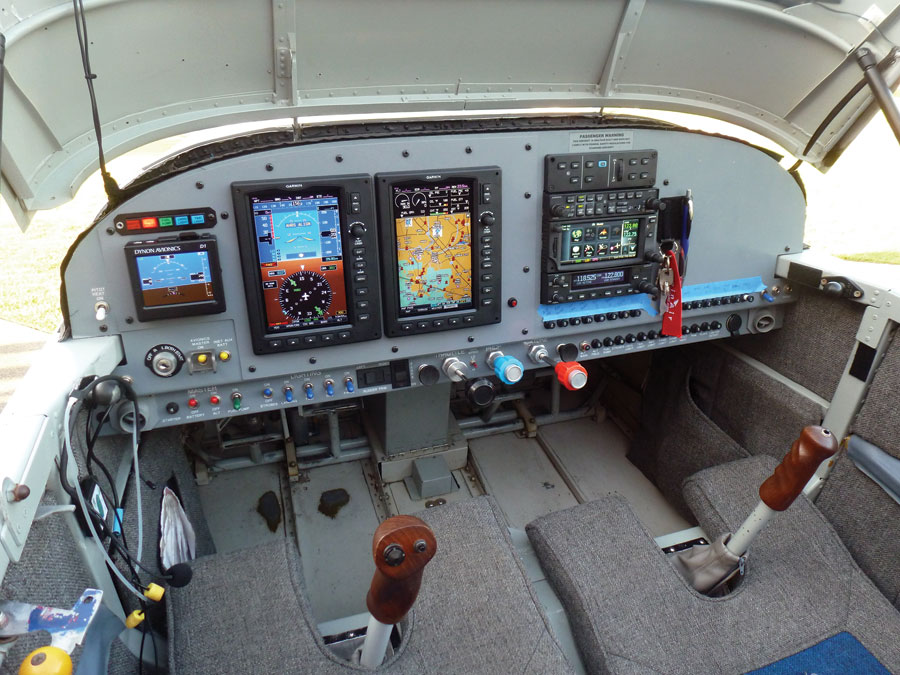
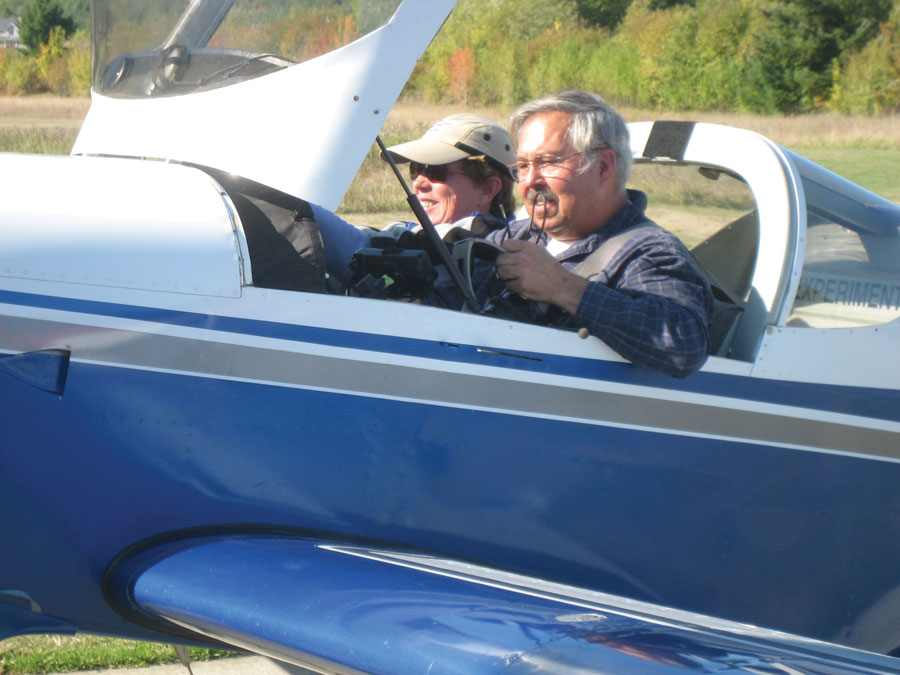
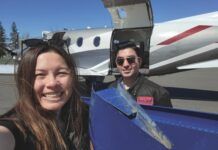
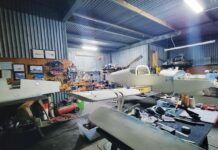
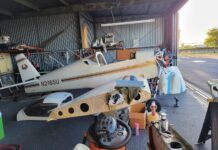
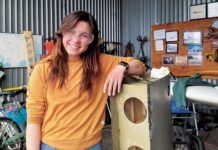
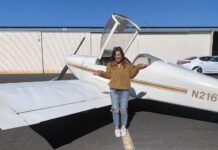
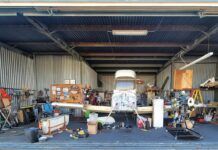
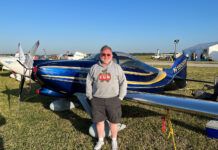
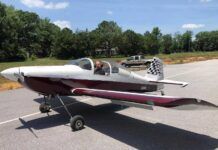
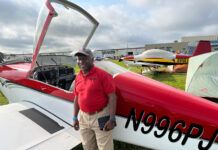
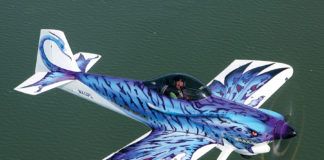

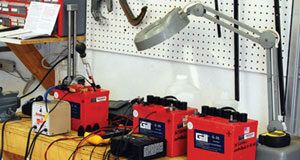
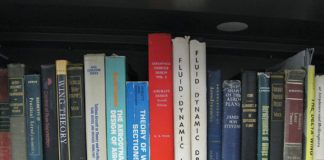
Great Article Louise. Mikey looks great for his advanced age.
Looking forward to seeing you and Paul at OSH, ( and yes, we will have a tent for your arrival)
Jerry Fischer
RV-7 Miss Sandy
RV-1 The Mockingbird